MANAGED PRINT SERVICES
More uptime and fewer headaches with
Gordon Flesch Company print management

WELCOME TO TRULY
Hassle-Free Print Management
Does your IT team struggle to keep up with everything on their plates? Do printer-related help desk tickets get in your way? Gordon Flesch Company (GFC) can remove the stress of updating, maintaining or repairing your printers so your team can get back to doing what they do best.
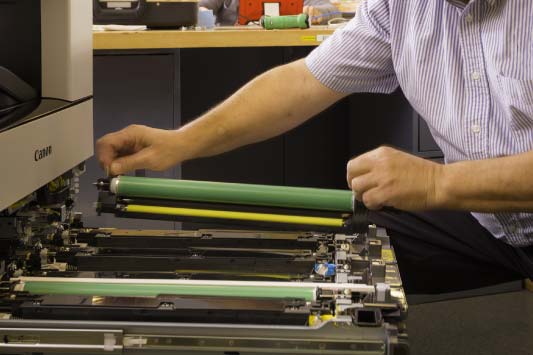
Increase Productivity
The cumulative impact of dealing with everyday printer issues adds up, as do labor costs. With ImageCare+, GFC’s Managed Print Services, ink and toner supplies are replenished and preventative check-ups keep things running smoothly.
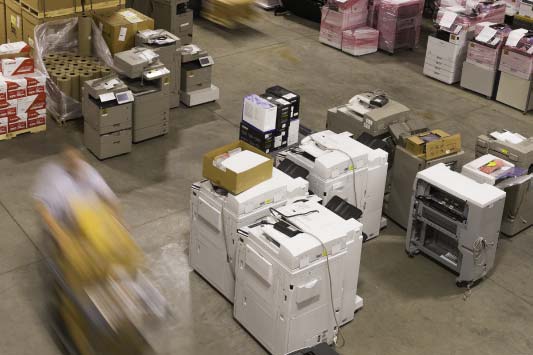
Save Money
Predictable fixed monthly payments help even out cash flow and free up resources for other important initiatives. Reduced power consumption, paper waste, supplies and downtime provide additional savings.

Enhance Security
When improperly protected, network printers can become easy entry points for hackers. GFC’s professionals ensure timely software updates, password protection, “follow-me” printing capabilities and other security measures.
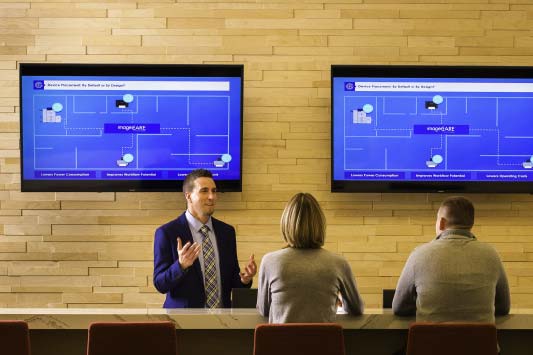
Improve Focus
Allow your IT department to focus on critical operational and strategic functions — computers, software upgrades, server maintenance, equipment networks, data security, etc. — and remove the distraction of printer issues.
Print Management can mean different things to different people. For some print providers, it involves leasing or purchasing equipment along with a service agreement. However, getting the right equipment and keeping it up and running is only the start. A robust print management provider will also offer strategic solutions to address:
- Device management
- Security protocols
- Print optimization
- Print output management
- Cloud printing and mobile printing
- Print monitoring analytics and user tracking
- Supply management
- Waste reduction
- Employee training
- Fleet consolidation
- Flexible leasing terms
- Consolidated spreadsheet invoicing
- And much, much more
Benefits of Print Management

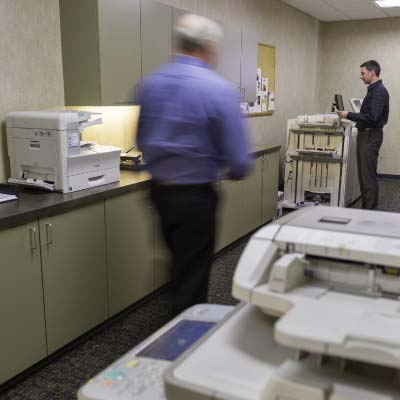
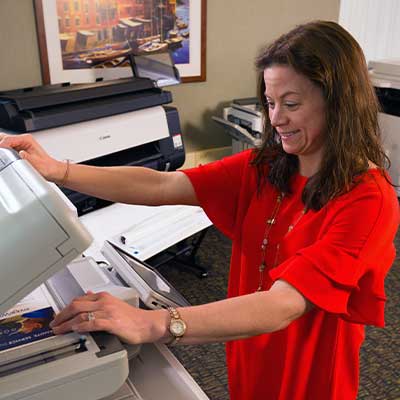

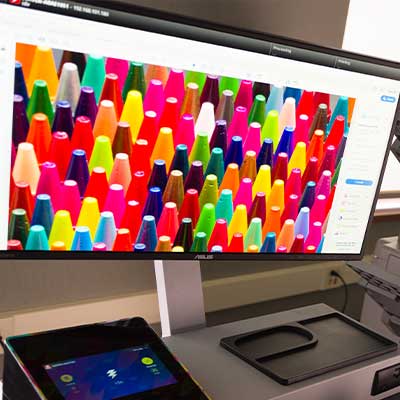
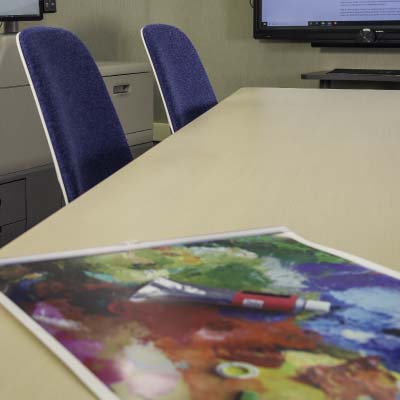
Wondering whether a Managed Print solution is better than purchasing print devices outright or sending your documents out to print?
Consider the following factors:
Gordon Flesch Company MPS |
Outsourced Printing | Direct-Buy Equipment | |
| RIGHT-SIZED, TAILORED SOLUTION | |||
| IN-HOUSE, QUALITY EQUIPMENT | |||
| PREVENTATIVE MAINTENANCE & ATTENTIVE SERVICE | |||
| ROBUST DOCUMENT SECURITY/USER TRACKING | |||
| JUST-IN-TIME TONER DELIVERY | |||
| FREED-UP IT RESOURCES | |||
| PREDICTABLE COSTS | |||
| ANNUAL REVIEW OF NEEDS | |||
|
PRINT SECURITY |
Gordon Flesch Company MPS |
|
| RIGHT-SIZED, TAILORED SOLUTION | |
| IN-HOUSE, QUALITY EQUIPMENT | |
| PREVENTATIVE MAINTENANCE & ATTENTIVE SERVICE | |
| ROBUST DOCUMENT SECURITY/USER TRACKING | |
| JUST-IN-TIME TONER DELIVERY | |
| FREED-UP IT RESOURCES | |
| PREDICTABLE COSTS | |
| ANNUAL REVIEW OF NEEDS | |
| Outsourced Printing | |
| RIGHT-SIZED, TAILORED SOLUTION | |
| IN-HOUSE, QUALITY EQUIPMENT | |
| PREVENTATIVE MAINTENANCE & ATTENTIVE SERVICE | |
| ROBUST DOCUMENT SECURITY/USER TRACKING | |
| JUST-IN-TIME TONER DELIVERY | |
| FREED-UP IT RESOURCES | |
| PREDICTABLE COSTS | |
| ANNUAL REVIEW OF NEEDS | |
| Direct-Buy Equipment | |
| RIGHT-SIZED, TAILORED SOLUTION | |
| IN-HOUSE, QUALITY EQUIPMENT | |
| PREVENTATIVE MAINTENANCE & ATTENTIVE SERVICE | |
| ROBUST DOCUMENT SECURITY/USER TRACKING | |
| JUST-IN-TIME TONER DELIVERY | |
| FREED-UP IT RESOURCES | |
| PREDICTABLE COSTS | |
| ANNUAL REVIEW OF NEEDS | |
OUR COMPREHENSIVE
Managed Print
Solutions
Products
Software
Service
Financing
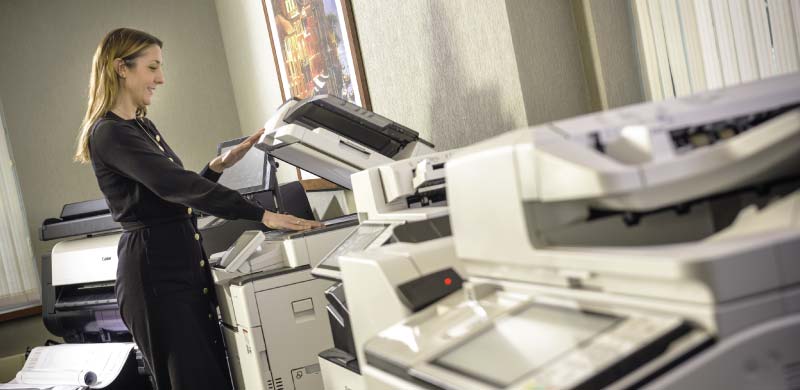
Products
Gordon Flesch Company offers a variety of state-of-the-art equipment to fit your budget, whether a multifunction printer, copier, thermal printer, large-format production printer or other device.
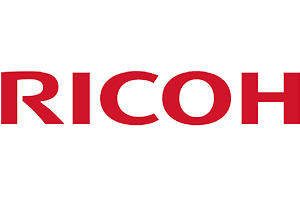

What makes GFC products unique?
- Authorized dealer of Canon, Ricoh and Lexmark
- #1 Canon dealer in the nation!
- Servicing all makes and models
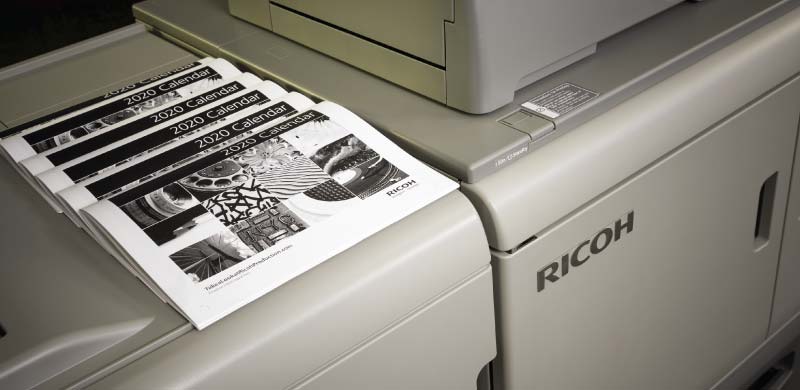
Software
Print management software allows organizations to monitor and optimize their day-to-day management of printing, copying and scanning.


What makes GFC software unique?
- Featuring Papercut and uniFLOW, two of the most robust print management softwares available
- Track usage and identify wasted resources with over 50 one-click reports
- Scan documents and send via email or directly into a folder or backend system
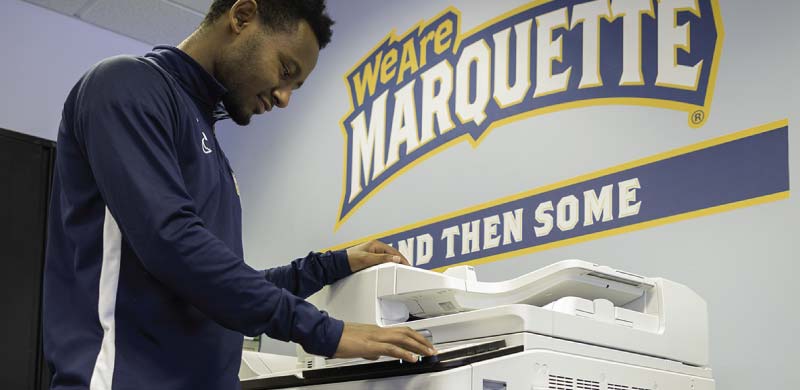
Service
Managing an entire fleet of printers and associated functions is a major challenge. Our Managed Print clients benefit from our imageCARE+ program featuring proactive onsite service, remote device monitoring, print security and more.
What makes GFC service unique?
- Exclusive myGFC app and a GFC portal to report and track any of your service needs
- Remote security monitoring and local help desk support
- Output and asset management, spreadsheet invoicing, just-in-time toner replacement, cartridge recycling and more
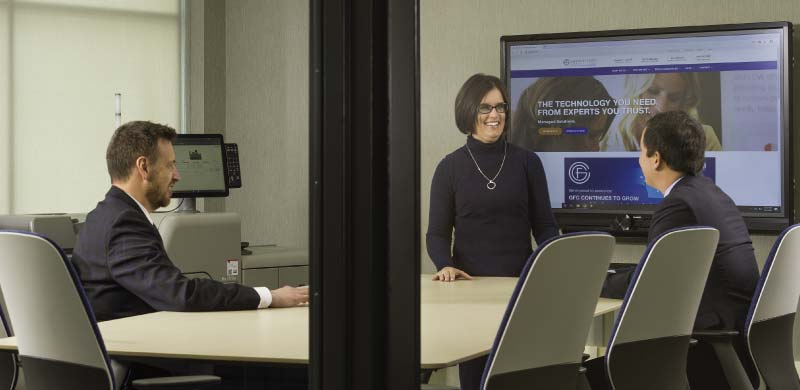
Financing
Gordon Flesch Company leasing is available for a variety of business assets. In addition to printers and copiers, we lease audio/visual equipment, phone systems, computers, software, manufacturing equipment and much more.
What makes GFC financing unique?
- No third-party involvement — all leasing is fully managed in house by experienced professionals
- No hidden fees or surprises for end-of-term buyouts
- Fixed payment amounts provide protection against interest rate increases
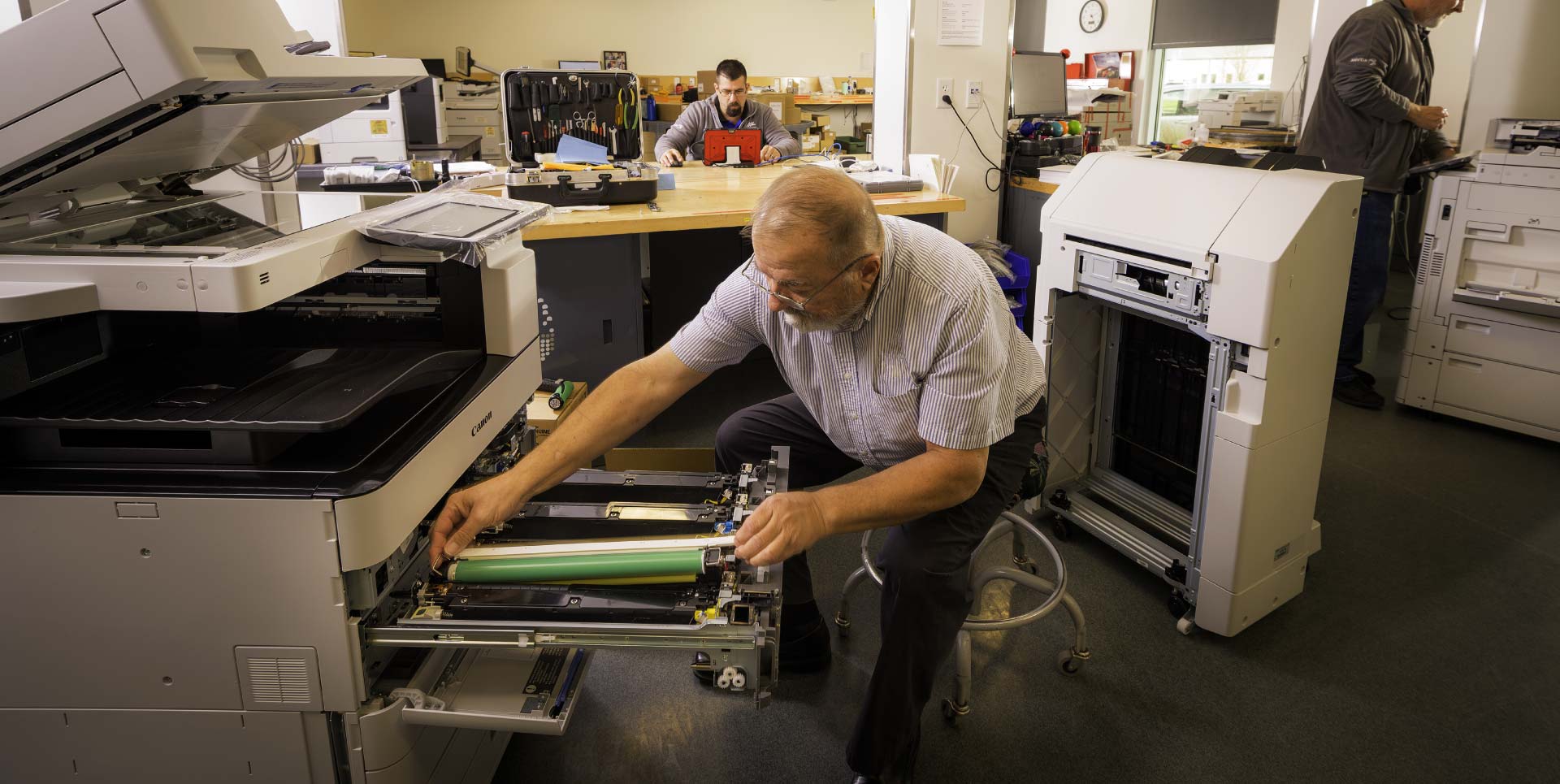
Quality Service Saves Money For Growing Retailer
Before working with GFC, Batteries Plus Bulbs relied on inexpensive printers around its facility for printing invoices and shipping documents. However, these machines broke down often and needed to be replaced. In addition, Batteries Plus was spending too much on toner, paper and supplies. GFC suggested installing more robust printers that could be maintained and monitored through GFC’s imageCARE Managed Print Service.
“With GFC, I almost don’t have to get involved in managing our printers at all. I can just trust that the machines will be working and supplies will be there when we need them.”

Jason Thelen
Infrastructure Architect,
Batteries Plus Bulbs




